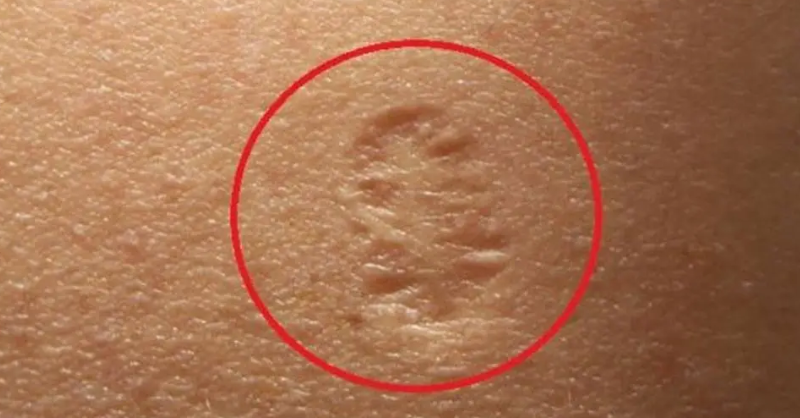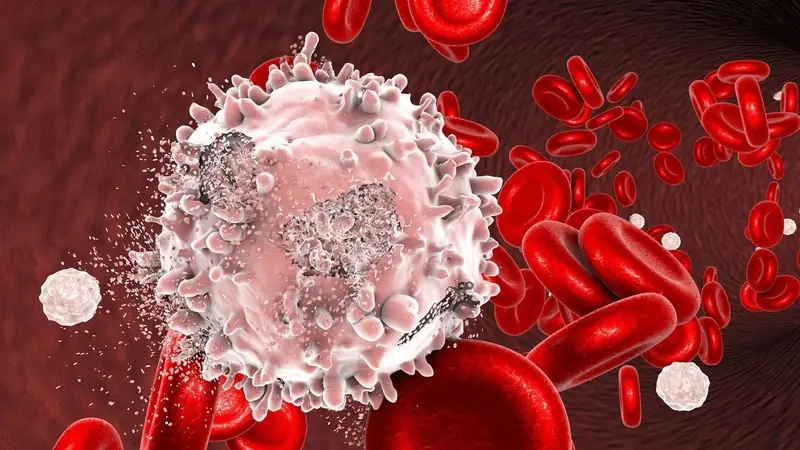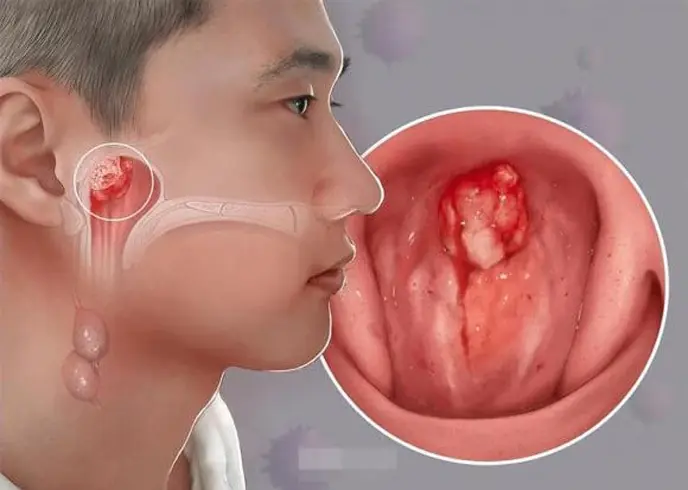Have you ever thought about a small round scar on the upper arm or the arms of others?
It is a sign that is a reminder of the battle for many. But what does it really mean and why will it end so long after the war? Could he be behind this seemingly ordinary scar that connects us with an extraordinary global effort, a hidden story?
As the world moved to the elimination of one of the deadliest diseases in history, vaccination against smallpox remained more than just a brand – leaving the symbol of resistance, progress and triumph over the opposition.
Let us disintegrate the truth to this scar and explore the deeper meaning that it has in the history of medicine and human determination.
Smalpox, a disease that once destroyed populations around the world, has left many survivors with permanent physical scars. These brands, which can be seen on the arms of those vaccinated, are more than just the remains of the disease; They are strong symbols of humanity’s collective efforts to overcome a deadly disease.
At the end of the 18th century, the vaccine against smallpox revolutionized the fight against the disease. In 1980, the World Health Organization officially announced eradic smallpox, a monumental success in public health. However, the vaccine left a characteristic brand – a round scar on the upper arm, a permanent reminder of this historical triumph.
A scar, although a physical footprint, also serves as a symbol of resistance and scientific progress. Let’s explore the history, features and lasting importance of the smallpox scar.
History of smallpox and vaccines
Pox, caused by Variola virus, was one of the deadliest diseases known to humanity. Its effects reach into ancient Egypt, with evidence found in mummified remnants. Over the centuries, smallpox has caused confusion around the world, claimed millions of lives and significantly influenced human history – they influence everything from wars to the royal sequence.
The turning point came at the end of the 18th century, when Edward Jenner performed a pioneering discovery. Using Cowpox – a disease closely related to smallpox – Jenner has shown how immunity to smallpox could be achieved. His experiment with a young boy named James PHIPPS marked the beginning of vaccination and laid the foundations for possible eradication of smallpox.
Through global vaccination efforts and continuing scientific progress, the vaccine against smallpox became an instrument that ended the fatal spread of the disease, culminating in its worldwide eradication at the end of the 20th century.
Understanding of smallpox and its treatment
The unfortunate impact had a deep impact not only for its high death, but also for the scars that left – physical and social. Here is a brief overview of the symptoms and treatment of the disease:
Symptoms:
Incubation period: symptoms occur 7 to 17 days after exposure.
Early symptoms: mimic other viral diseases, including fever, fatigue, headaches, backward, malaise and vomiting.
Rash: The rash usually starts on the face, hands and arms before spreading. Proceeds with different phases:
Flat red spots (Macules)
Increased bumps (papules)
Blisters filled with liquid (vesicles)
Pusty filled with pus)
Shab that leaves permanent scars as soon as they fall
Other symptoms: serious abdominal pain, delirium and in some cases arthritis.
Treatment:
Isolation: Patients were isolated to prevent the spread of the disease.
Support care: treatment focused on hydration, pain treatment and prevention of secondary infection.
Vaccination: The vaccine against smallpox played a key role in preventing the disease or reducing its severity if it is given shortly after the exposure.
Antiviral drugs: Although rarely used, some antivirols showed promising laboratory tests.
Skin care: Proper care has helped to minimize complications such as secondary infections.
Due to the strict global vaccination efforts, smallpox was declared, with the last known case that appeared in 1977.
As the vaccine was filed against smallpox
The method used to administer a vaccine against smallpox was unique. Instead of syringes used for most vaccines today, the bifurcated (two -point) needle was immersed in the vaccine and writes several times in the skin, usually on the upper arm. This process introduced the vaccine into the outer layers of the skin, which caused an immune response that led to the formation of a papule that eventually turned into a scab. Healing from this procedure often left a scar.
The permanence of the scar was caused by the trauma of the needle and the immune reactions of the body, including the inflammation and repair of the tissues. The scar not only confirmed successful vaccination, but also acted as a visual reminder of immunity.
Characteristics of scar of smallpox vaccination
Vaccination scar of smallpox is significant and has a significant historical value. The key features include:
Appearance: round, slightly indented and diameter of about 10-15 millimeters. It starts like a raised wound and eventually heals into a noticeable scar.
Difference from other vaccines: Unlike most modern vaccines that leave no visible brand, a unique method of delivery of smallpox vaccine often led to a noticeable scar.
Symbolism: The scar serves as a strong symbol of global unity in the fight against the disease and reflects scientific achievements and the importance of public health initiatives.
Are scars vaccines against smallpox permanent?
For most people, scars are permanent. Although they may disappear over time, they usually remain a round, indented brand. Factors such as how the skin is healing and how vaccination has been treated after vaccination can affect how prominent scar remains, but complete disappearance is rare.
Minimization or removal of smallpox scar
Progress in dermatology offers ways to reduce the appearance of scars, although complete removal is unlikely. Treatment options include:
Local treatment: Silicone creams can soften and reduce scars.

Laser therapy: This promotes collagen production to smooth the skin.
Dermal fillers: These help to increase indented scars to be at the level of the surrounding skin.
Microdermabrasion: A process that removes outer skin layers to reduce the appearance of the scar.
Surgical Revision: This may be a possibility for more serious scarring.
Normal myths about smallpox scarves
Despite their meaning, smallpox scars are often misunderstood:
Sign of illness: A scar does not mean that someone had smallpox; This means that they were vaccinated against it.
Infecticeness: Vaccinia live virus cannot cause or spread smallpox.
Immunity towards all smallpox viruses: a vaccine against smallpox protected only from smallpox, not other diseases related to smallpox.
Immunity warranty: While the scar usually suggests successful vaccination, it does not guarantee lifelong immunity.
Triumph symbol
Pox, once one of the greatest threats for humanity, now stands as a symbol of resistance, scientific progress and global cooperation. Scars left are more than just physical stamps – they represent victory over the disease that has shaped human history.
Eradication of smallpox emphasizes the strength of collective action and medical innovation.
When we confront new health challenges, the story of smallpox serves as a reminder of the force found in unity and the importance of endurance in overcoming adversity.
In conclusion, the scar against smallpox vaccines serves as a strong symbol of global triumph over one of the most destructive diseases of humanity. While the physical scar can be permanent, its meaning is far from a simple brand on the skin.
It represents collective resistance, scientific breakthroughs and worldwide efforts that led to eradication of smallpox.
Eradication of smallpox is a monumental success that emphasizes the power of global cooperation and medical innovation.
When we continue to face new health challenges, the story of smallpox reminds us of the importance of unity, perseverance and shared responsibility that we have in overcoming adversity.
These scars are not just a reminder of the last battle, but they are also lighthouses of hope and progress in the ongoing struggle against the disease.



























